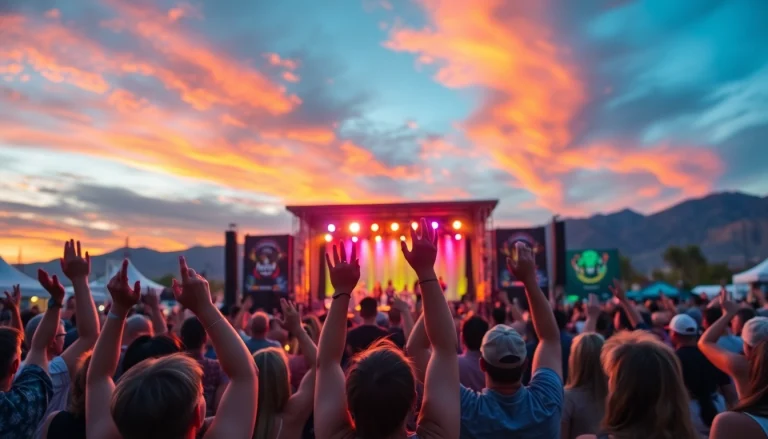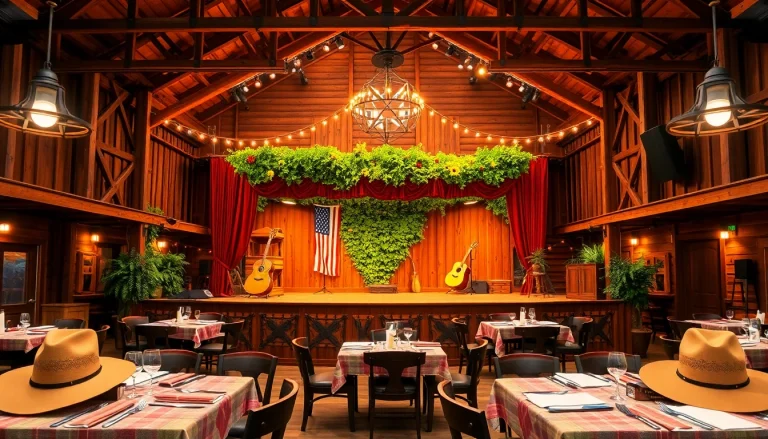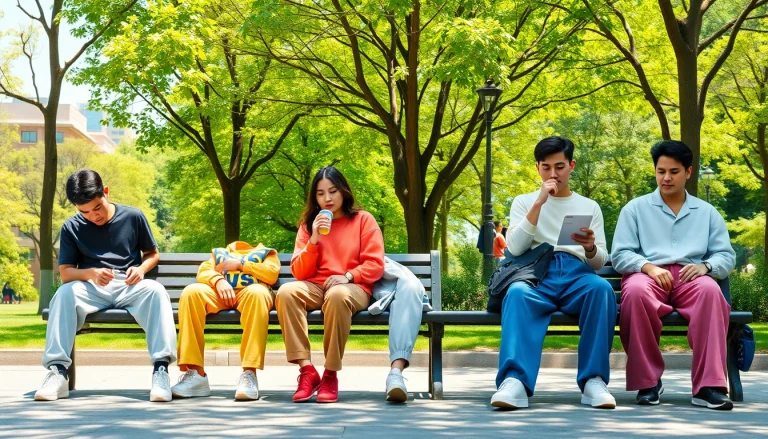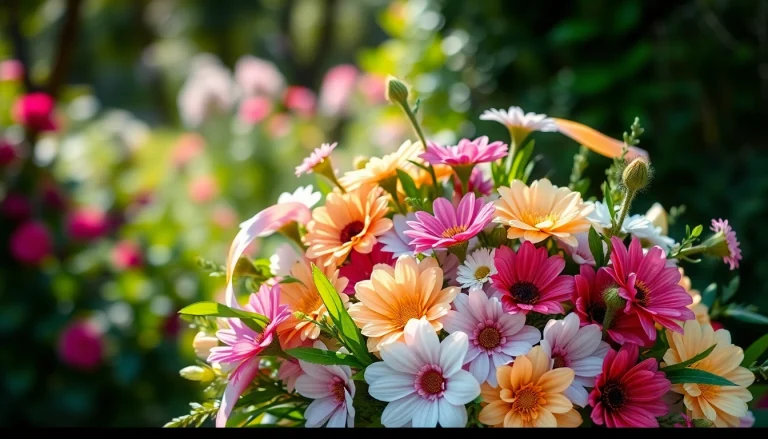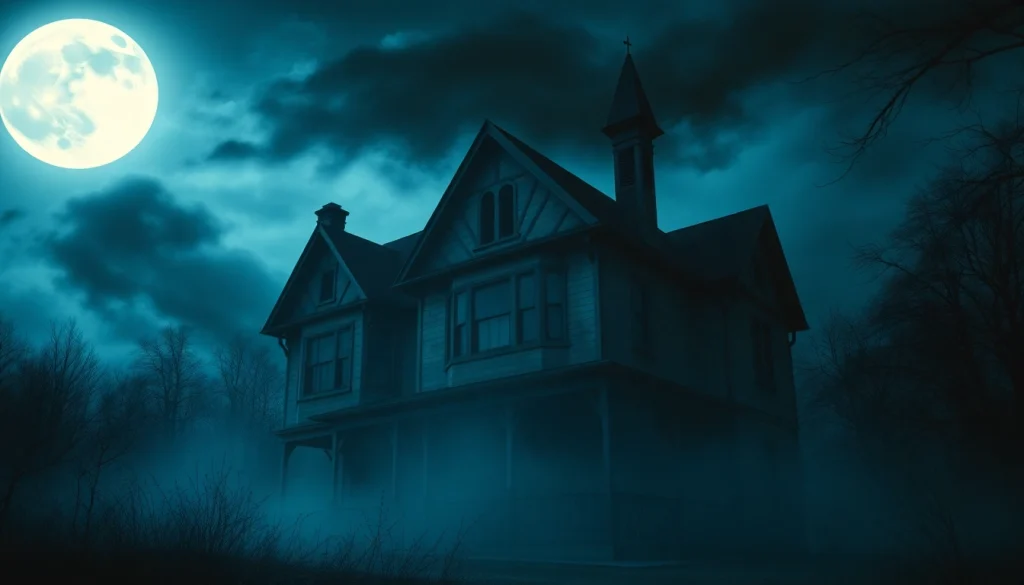
Understanding Horror: The Psychology Behind Fear
Horror is a unique genre that delves into the depths of our deepest fears. It not only entertains but also provides a lens through which we can examine our anxieties and social concerns. If you’re a fan of horror movies, you understand that jump-scares, eerie soundtracks, and suspenseful narratives serve a purpose far beyond simple thrill-seeking. From psychological thrillers to supernatural encounters, horror films trigger an exploration of human emotions. This psychological complexity is intricately woven into the fabric of cinema, making it an enduring genre that continues to captivate audiences worldwide. If you’re looking for a comprehensive resource about horror movies, give https://hellhorror.com a visit for curated lists and insightful reviews.
The Evolution of Horror Movies
The evolution of horror cinema is a fascinating journey rooted in social and historical contexts. Born from folklore and the Gothic tradition in literature, horror films began to take shape in the early 20th century. Early silent films, such as The Cabinet of Dr. Caligari (1920), introduced themes of madness and identity. As the genre matured, the 1930s and 1940s saw the emergence of the Universal Monster films, featuring iconic characters like Dracula and Frankenstein’s monster that shaped the horror landscape.
In the 1960s and 1970s, horror took a turn towards psychological and surreal storytelling, exemplified by films like Rosemary’s Baby (1968) and The Shining (1980). These movies often reflect cultural fears and uncertainties, making horror more relatable and engaging for viewers. The slasher film boom of the late 1970s through the 1980s, highlighted by classics like Halloween and Friday the 13th, utilized graphic violence and suspense, pushing the boundaries of what could be shown on screen.
The 1990s and 2000s marked a resurgence of horror through self-referential and meta-commentary films, such as Scream (1996), which both honored and spoofed genre conventions. Today, horror continues to evolve with advancements in technology and changes in audience expectations, embracing themes of diversity, mental health, and societal issues that resonate in contemporary society.
Common Themes in Psychological Thrillers
Psychological thrillers push the boundaries of horror by delving into the human psyche. Themes often include paranoia, identity crisis, and the nature of reality. Films like Black Swan (2010) and Gone Girl (2014) exemplify how psychological horrors manifest through character arcs that challenge perception and use atmosphere to build dread rather than relying solely on shock value.
One common theme is the unreliable narrator, a technique that creates tension and discomfort. When the protagonist cannot be trusted, audiences are left disoriented, unsure of what to believe. This theme appears in films like Fight Club (1999) and Shutter Island (2010), where reality and illusion blur, eliciting deeper questions about the mind and self-identity.
Additionally, many modern psychological thrillers examine trauma and its aftermath, making them resonant in today’s climate. These narratives often explore themes of mental illness, societal pressure, and personal demons, allowing for a profound connection with viewers.
The Impact of Horror on Audience Behavior
Horror films possess a unique ability to affect the audience profoundly. Psychologically, they can evoke a adrenaline rush, leading to an increased heart rate and heightened awareness, often referred to as the “fight or flight” response. Many viewers enjoy this thrill, seeing it as a way to confront their fears in a controlled environment. Studies show that horror movies can help people develop resilience and coping mechanisms in real-life situations, as they simulate fear without real consequences.
Moreover, horror influences cultural conversations around taboo subjects—such as death, illness, and societal injustice—allowing audiences to confront and discuss these issues indirectly. This cultural reflection can lead to catharsis, making horror not just thrilling entertainment but also a vehicle for social discourse. The impact of horror extends beyond the screen, often igniting discussions about morality, fear, and the human condition.
Top Upcoming Horror Movies to Watch in 2025-2026
The horror genre is continually evolving, with numerous upcoming films set to push the boundaries of fear and storytelling. As audiences crave fresh perspectives and innovative narratives, 2025 and 2026 promise exciting developments in horror cinema. Here’s what to anticipate in the next few years.
Anticipated Releases: What to Expect
Several highly anticipated horror films promise to deliver suspense and excitement. Among the most talked-about projects is Death of a Unicorn, which combines fantasy with horror in an intriguing way. The film is expected to explore dark themes through whimsical elements, offering viewers a peculiar blend of emotions and experiences.
Another highly anticipated release is Popeye the Slayer Man, which aims to reinvent the classic character within a horror context. By merging nostalgia with horror, this film has captured significant attention, setting expectations high for an inventive twist.
Additionally, indie filmmakers are making strides with unique narratives that challenge mainstream conventions. Titles like Ash promise to break new ground in the horror genre, featuring diverse characters and innovative storytelling methods that reflect contemporary societal dilemmas.
Industry Trends Shaping New Horror Films
The horror landscape is shifting due to several trends influencing the creation of upcoming films. One notable trend is the rise of social horror, where filmmakers explore relevant societal issues through a frightful lens. Movies that tackle themes like racial injustice, gender dynamics, and mental health are becoming increasingly prevalent, allowing audiences to connect with the narratives on a personal level.
Furthermore, the demand for diverse representation is reshaping how stories are told in horror. Filmmakers are recognizing that varied voices bring fresh perspectives, enriching the storytelling landscape. This shift has led to a surge in projects helmed by women, people of color, and LGBTQ+ storytellers, promising to broaden the thematic horizons of the genre.
Additionally, advances in technology are affecting how horror films are produced and consumed. Virtual reality (VR) experiences, interactive storytelling, and unique promotional tactics are gaining popularity, encouraging studios to foster immersive viewer experiences. This evolution not only enhances the audience’s engagement but also offers new avenues for expression and creativity in horror filmmaking.
Director Highlights: Visionaries of the Genre
As horror continues to evolve, the influence of visionary directors becomes crucial. Filmmakers such as Jordan Peele, known for Get Out and Us, have redefined the genre by integrating social commentary with exceptional storytelling. Peele’s films demonstrate that horror isn’t merely about frights; it can also provoke critical discussions about race and identity.
Similarly, Ari Aster, with his films Hereditary and Midsommar, exhibits a unique approach to horror through unsettling imagery and psychological depth. Aster’s work highlights themes of trauma and familial relationships, pushing the envelope of traditional horror narratives.
Emerging directors are also making waves, showcasing innovative storytelling techniques and fresh ideas to film festivals and indie circuits. Directors like Rose Glass and Nia DaCosta are proving crucial for the future of horror, as they breathe new life into the genre and expand its boundaries.
Exploring the Best Horror Movie Lists
Among the various offerings within the horror genre, specialized lists have emerged to guide fans toward the best films. These curated collections serve as a valuable resource for enthusiasts and newcomers alike, highlighting timeless classics as well as contemporary masterpieces.
Best Vampire Movies: A Blood-Soaked Journey
The allure of vampires has captivated audiences for generations, evolving from sinister creatures in folklore to nuanced characters in modern storytelling. Films like Let the Right One In (2008) and What We Do in the Shadows (2014) exemplify how the vampire mythos can be explored through various lenses, from horror to black comedy.
Classic offerings such as Dracula (1931) and Interview with the Vampire (1994) remain benchmarks in horror cinema, showcasing the seductive and deadly nature of these beings. Today’s vampire films often address deeper themes such as loneliness, love, and existential dread, making the vampire genre more relevant than ever.
Classic Demon Films You’ll Love
Demon-centric films hold a significant place in horror history, often tapping into fundamental human fears of the unknown. Classics like The Exorcist (1973) set standards for supernatural horror, influencing countless films in the decades that followed. The chilling atmosphere and psychological exploration of evil have made such films timeless.
Modern interpretations like Hereditary and The Conjuring series resonate deeply with audiences by intertwining familial relationships with demonic presence. These films approach demons not just as external threats but as manifestations of personal and collective fears, inviting viewers to examine their own emotional landscapes.
Monstrous Favorites: Terrifying Creatures on Screen
From alien monstrosities to psychological horrors, the portrayal of monsters in film provides a fascinating exploration of humanity’s intrinsic fears. Films such as The Thing (1982) and A Quiet Place (2018) highlight how monsters reflect societal anxieties and connect with fundamental human emotions.
Creators are continually reimagining these creatures for new generations. Movies like It Follows (2014) introduce unique and thought-provoking horror monsters that linger metaphorically rather than merely physically. The concept of a “monster” becomes a reflection of broader themes, prompting introspection and discussion about contemporary issues.
The Role of Streaming Platforms in Horror
With the rise of streaming services, the consumption and production of horror content have transformed dramatically. Platforms like Netflix, Hulu, and Amazon Prime have become essential homes for horror enthusiasts, influencing how audiences engage with the genre and what types of films receive visibility.
New Horror Releases on Netflix: March 2025 Highlights
March 2025 is set to unveil thrilling new horror films on Netflix, with a strong lineup that includes both original content and curated classic horror favorites. This influx not only caters to established fans but also introduces new audiences to the range of horror storytelling.
Notable releases may include horror tales that explore cultural dynamics, perspectives on mental health, and chilling narratives that combine humor with horror—trends that continue to resonate in contemporary cinema. By making horror accessible to wider audiences, Netflix plays a pivotal role in shaping the future of the genre.
The Rise of Horror TV Series: Trends to Watch
In recent years, horror television has experienced unprecedented growth, with series like The Haunting of Hill House and Stranger Things garnering critical acclaim and rabid fanbases. These series reflect a certain depth not always achievable in feature-length films, allowing for intricate character development and complex storylines.
Moreover, the serialization of horror creates opportunities for more experimental storytelling, permitting creators to develop multi-faceted narratives that delve deeper into themes of fear and unease. The expansion of horror television can be attributed to viewer appetite for immersive experiences, compelling characters, and psychological complexity, all of which have spurred studios to invest in high-quality horror content for the small screen.
How Streaming Changed the Horror Landscape
Streaming platforms have fundamentally altered how horror is produced and distributed, democratizing access to films and generating an audience-centric approach. Independent horror films that may have previously struggled to secure distribution deals are now finding homes on platforms where niche content is celebrated, allowing for innovative narratives that reflect diverse perspectives and cultural backgrounds.
Furthermore, streaming services serve as powerful marketing tools, allowing audiences to discover horror films they’ve never seen before, including international offerings that might not receive theatrical releases. As horror continues to thrive in this new landscape, the genre’s ability to surprise and engage viewers will remain paramount.
Engaging with the Horror Community
Horror cinema thrives on community engagement, where fans come together to celebrate their passion for the genre. From fan conventions to online forums, there are multiple avenues for enthusiasts to connect, share ideas, and engage in meaningful discussions about their favorite films.
Top Horror Websites and Fan Resources
The internet is a treasure trove of resources for horror fans. Websites like Hell Horror provide detailed movie lists, reviews, and upcoming release information, making it easier for fans to stay informed and discover new material. Other platforms, such as horror-focused Reddit communities and dedicated forums, can facilitate discussions on various topics ranging from film theories to personal horror experiences.
Additional resources include podcasts and YouTube channels that analyze horror films, dissecting their narratives, themes, and impact on culture. Engaging with these communities can enrich one’s appreciation for horror and foster connections with fellow fans.
Participating in Horror Film Festivals
Film festivals are vibrant gatherings celebrating the horror genre. Participating in these events allows fans to discover new works from emerging filmmakers while connecting with creators and fellow genre enthusiasts. Festivals such as the Sitges Film Festival and Fantasia International Film Festival showcase a diverse array of horror films, from shorts to full-length features, creating a platform for critical engagement and discussion.
Attending horror festivals can provide insights into the filmmaking process and the evolution of the genre over time. Networking opportunities with filmmakers, actors, and industry professionals further enrich the festival experience, fostering a sense of community and collaboration among attendees.
Building Connections: Online Forums and Discussion Groups
In addition to festivals, online spaces like social media groups and dedicated horror forums have become essential for cultivating a sense of belonging among fans. Platforms like Facebook and Discord host vibrant communities where users can share recommendations, discuss theories, and dissect the latest horror offerings.
Participating in discussions not only enhances knowledge but can also lead to new friendships and collaborative projects. Many fans take inspiration from these conversations, leading to vibrant fan art, fan films, and even horror-themed podcasts that amplify personal voices within the community.
